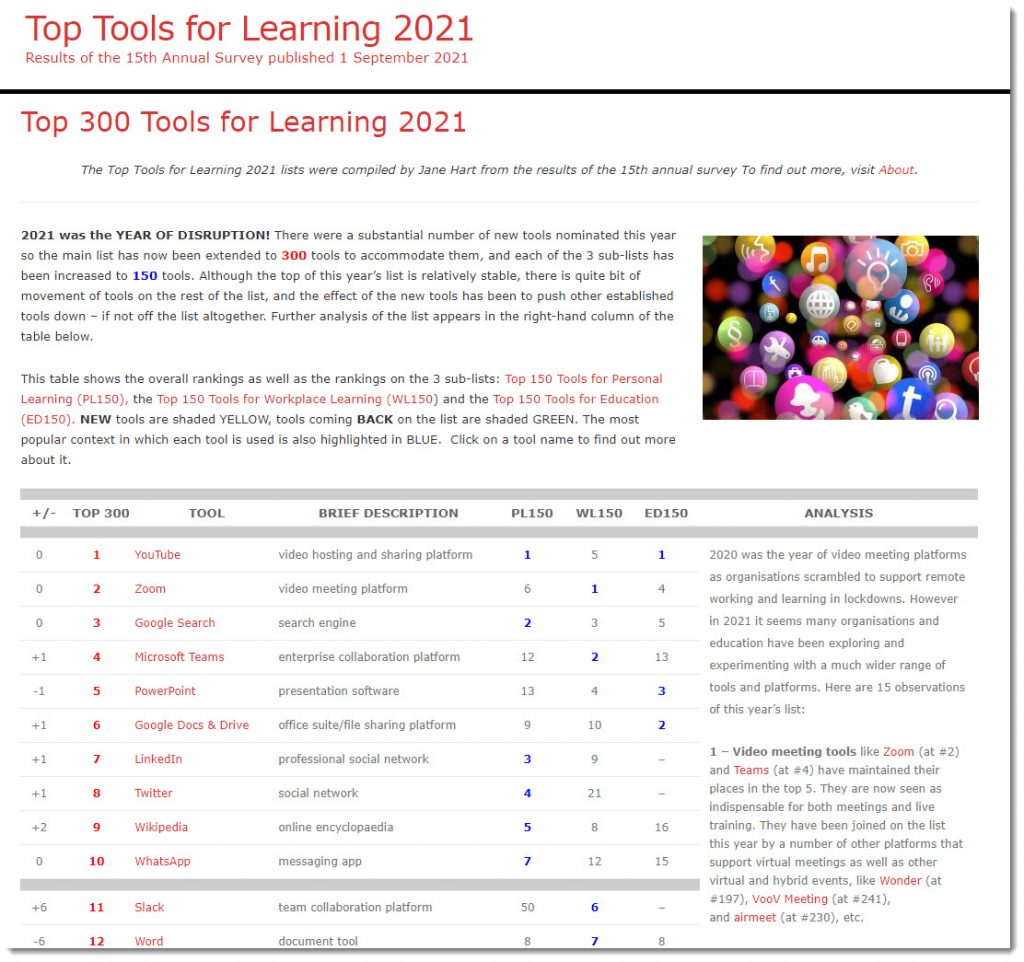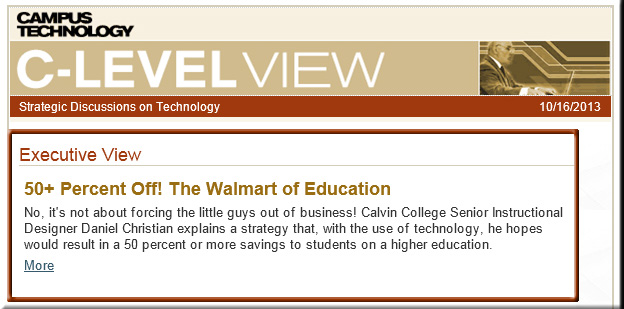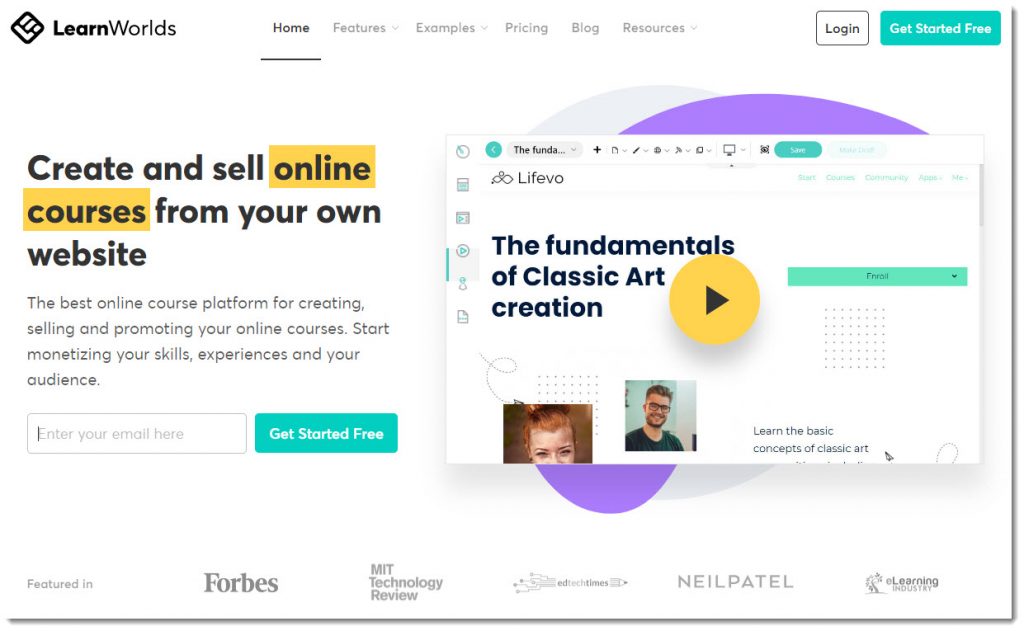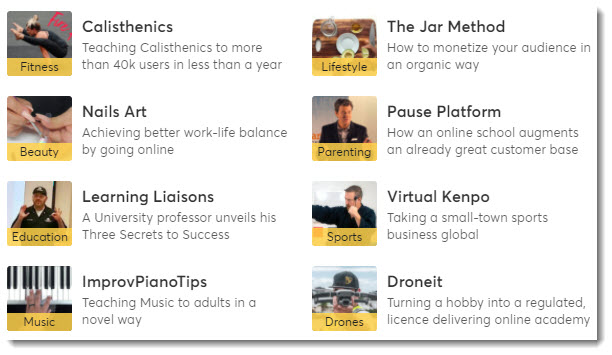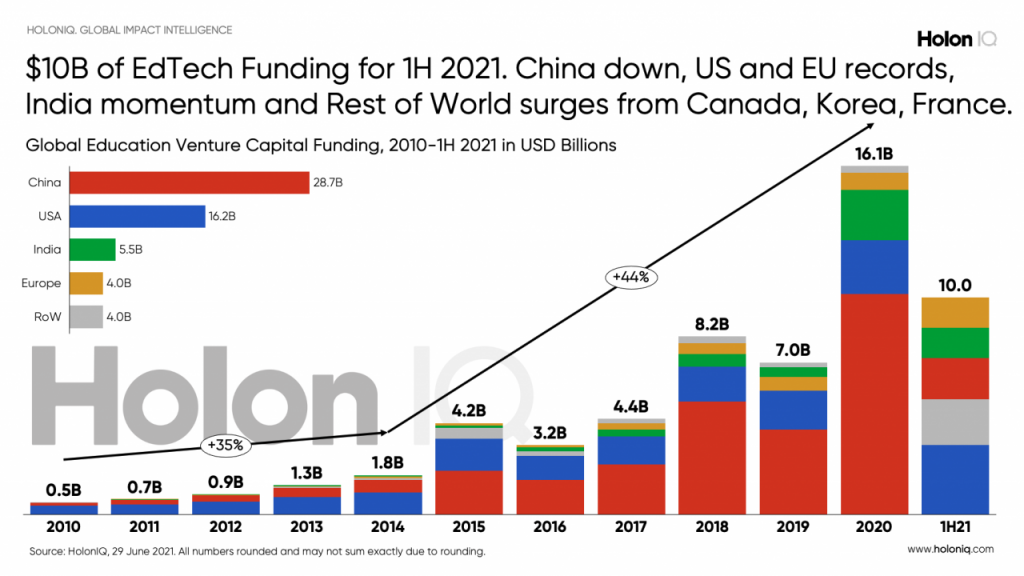In the US, the AI Industry Risks Becoming Winner-Take-Most — from wired.com by Khari Johnson
A new study illustrates just how geographically concentrated AI activity has become.
Excerpt:
A NEW STUDY warns that the American AI industry is highly concentrated in the San Francisco Bay Area and that this could prove to be a weakness in the long run. The Bay leads all other regions of the country in AI research and investment activity, accounting for about one-quarter of AI conference papers, patents, and companies in the US. Bay Area metro areas see levels of AI activity four times higher than other top cities for AI development.
“When you have a high percentage of all AI activity in Bay Area metros, you may be overconcentrating, losing diversity, and getting groupthink in the algorithmic economy. It locks in a winner-take-most dimension to this sector, and that’s where we hope that federal policy will begin to invest in new and different AI clusters in new and different places to provide a balance or counter,” Mark Muro, policy director at the Brookings Institution and the study’s coauthor, told WIRED.
Also relevant/see:
“Algorithms are opinions embedded in code.”










